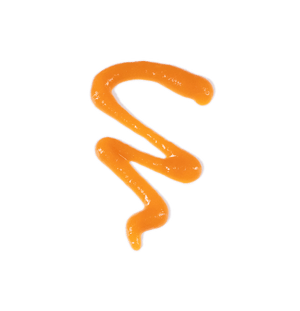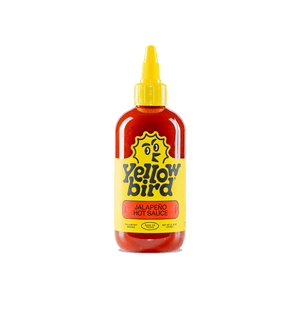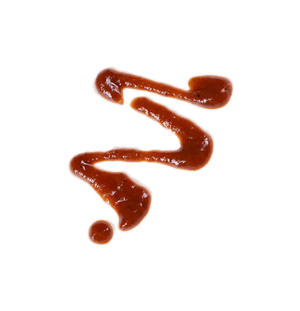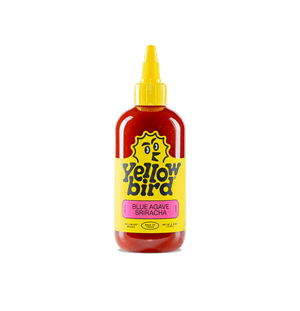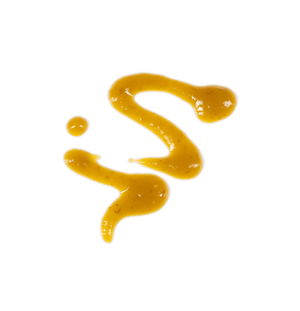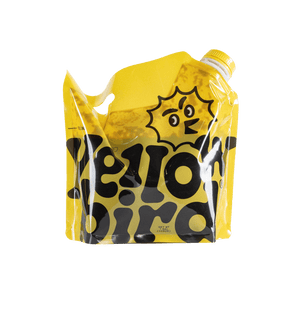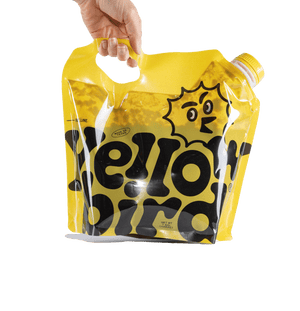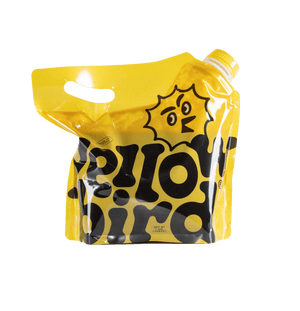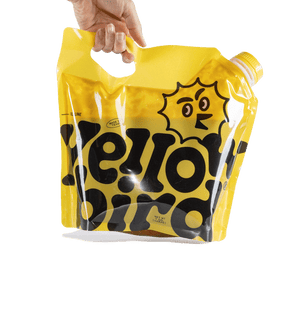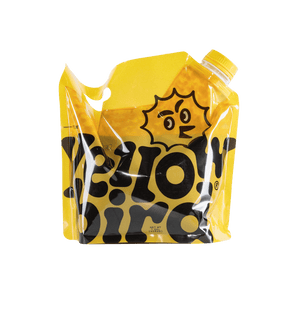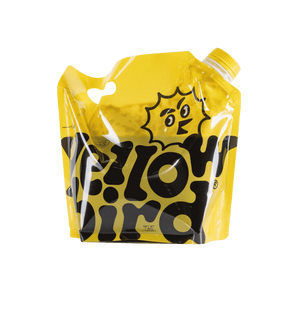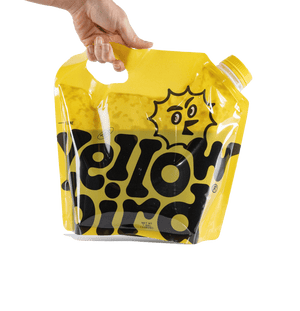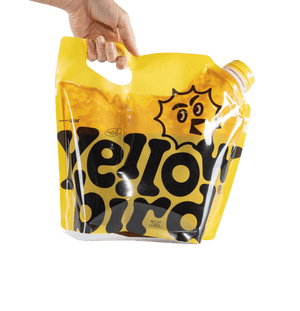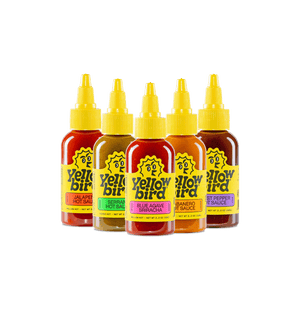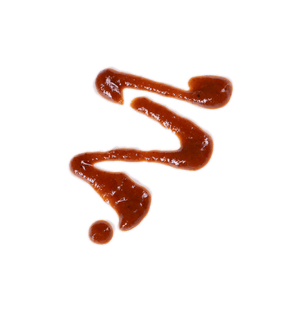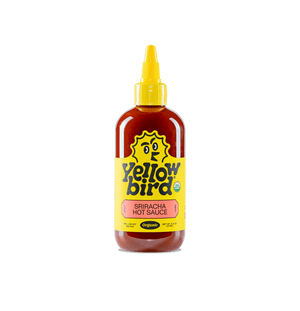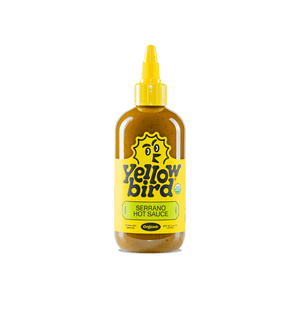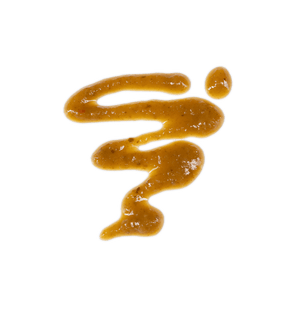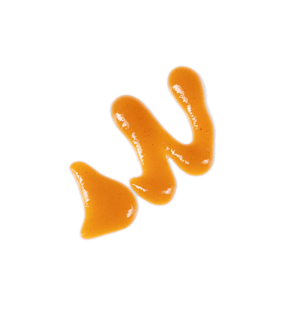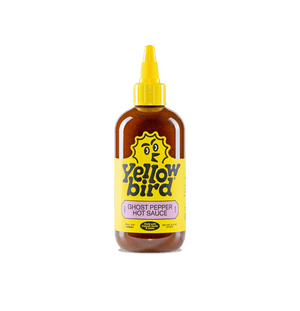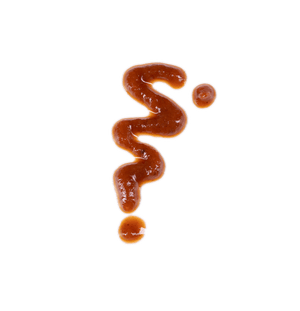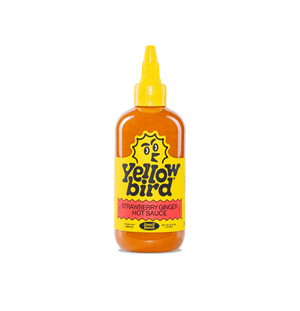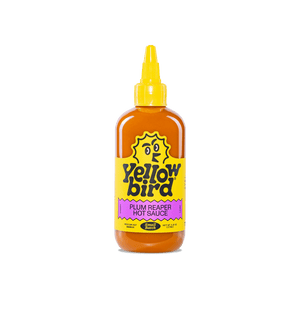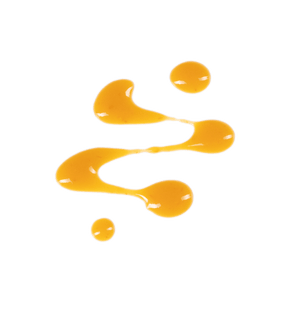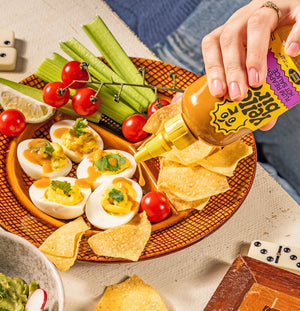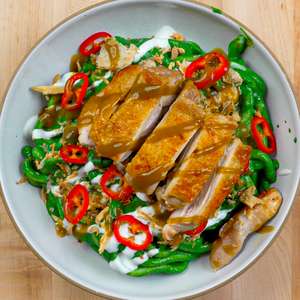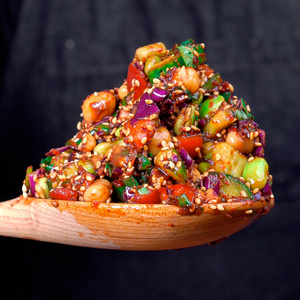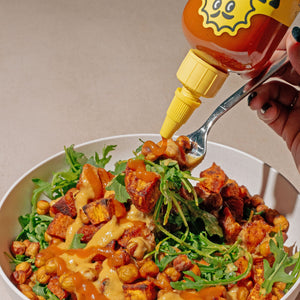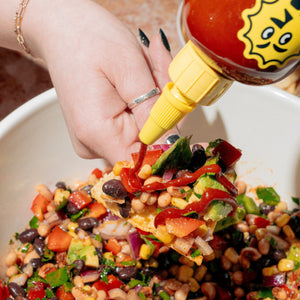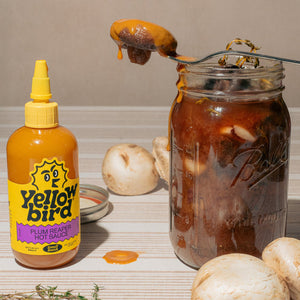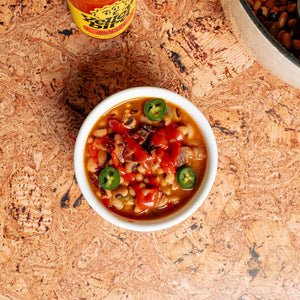Hot sauce began very simply as a way of preserving flavorful, spicy peppers. The earliest hot sauces were likely from the Mayans and were probably just fermented pepper mash mixed with water. The oldest commercial sauce still in production today is Tabasco, founded in 1868, which is a pretty simple mixture of pepper mash, vinegar, and salt. Typically when people think of hot sauce they think of something like Tabasco that is very watery and very acidic. This is one style of hot sauce (Louisiana–style) but there are many different versions you can make.
Another thing I would like to add here is that you have much more flexibility with a recipe that you make in your own kitchen than anything that is commercially available in a store or online. Commercial bottlers of hot sauce have to meet strict guidelines by state, local, and federal authorities on food safety and preservation. Most shelf-stable hot sauces are required to be cooked and to have a minimum level of acidity to be retail-legal. If you want something outside of these parameters, you would have to find it in the refrigerated condiments section of the store which is not a section that even exists in most stores. Or you can make it yourself!
Ingredients:
TOOLS
- Blender
- Empty botttles
- Your wildest imagination
FOR THE HOT SAUCE
- Choice Hot Peppers
- Choice veggies
- Choice fruits
- Vinegar or other preferred liquid (water, oil, broth, beer, soy sauce, etc.)
Instructions:
The tools required for hot sauce making are really just a blender, a few empty bottles, and your imagination. You can buy empty hot sauce bottles off the internet or you can just save used bottles from other hot sauces you’ve finished. For ingredients, you will want some sort of spicy peppers. These can be fresh or dried, keeping in mind that, if you use dried, you will need a little more liquid in your recipe to account for reconstitution. You will also want some liquid ingredients in order to make the sauce pourable or squeezable (your preference). For this you can use vinegar, water, oil, broth, beer, soy sauce, pineapple juice, or literally anything that catches your fancy. You should also feel free to use some other fruits and vegetables that aren’t peppers. For our original and first Yellowbird Sauce flavor, Habanero, I used onions, garlic, carrots, tangerines, and limes. Every unique combination will yield a crazy new flavor! You can also use any dried herbs or spices your heart desires. Salt is not required but you will probably find that you want some amount of salt in your sauce. There are no herb or spice blends in the original Yellowbird flavors as they were specifically designed to be produce–heavy sauces, but I like tinkering with different ingredients in the lab. Note: the lab is my home kitchen. Some of my current favorite ingredients to play with are rice bran oil, dried specialty mushrooms, and fenugreek.
If you are just starting your hot sauce homebrew journey, I would recommend that you start with 5 ingredients or less. If your first hot sauce has 28 ingredients in it, even if it’s great, you might not understand why. Starting with fewer ingredients will help you to understand some of the interactions that happen in your recipe and the effect on the finished product.
So we’ve got our blender ready, our bottles washed and ready, and our ingredients washed and ready. Let’s say for this recipe we are using fresh green jalapeños, fresh garlic, vinegar, water, and salt: a super straightforward recipe. You can go ahead and destem the peppers and peel the garlic as well—no need to deseed the peppers unless you are going to plant them or unless you have some other personal or dietary reason to do so.
Now you can put all the ingredients in a pot and cook, covered, on medium heat. What you want here is for your solid ingredients to get soft enough that your blender can make easy work of them. You’re also using heat to blend flavors here. You might realize that it’s getting a lot thicker than you had anticipated and want to add a little more liquid during the cooking process. Go ahead and do it. Once your creation has simmered for 20 or 30 minutes you can take it off the heat. Some higher end blenders can handle super hot food but you may want to just let it cool a bit before you blend and bottle it.
When it’s cool enough for your blender, pour it in and give it a nice blend to your preferred consistency. I like sauces that are really smooth and even kind of creamy so I do not skimp on the blending. You may prefer a sauce where you can still see seeds and bits of things floating in it. That’s cool too!
The only thing left to do now is let it cool completely and try it on some food. You may think to yourself, “Hey, that’s some pretty good hot sauce!” Congratulations, you did it.
But if you think to yourself, “Hmm, that’s not bad, but there are two or three tweaks I’d like to make…” then welcome to the weird, wonderful world of hot sauce. We’re so glad to have you.
Smooches!
George

